Current ISRO chief S Somanath is expected to be replaced by V Narayanan, a rocket and spacecraft propulsion specialist. It is at the right time where the Indian space sector is experiencing liberalisation and ISRO is busy in a number of challenging assignments, for example, the Gaganyaan human space mission, the Chandrayaan-4 mission and the establishment of the first Indian space station.
In an interview he gave The Hindu on January 8, 2025, Dr. Narayanan, who has been heading ISRO’s Liquid Propulsion Systems Centre (LPSC) since January 2018, said subsequent role as “great responsibility” and “great opportunity to continue the legacy of giants who have shaped ISRO in decades.”
Notably, ISRO has a tight calendar of events for the 2025 year, which Dr. Narayanan himself understands will make his new position quite challenging. “By the end of January, we have the GSLV Mk-II/IRNSS-1 K mission. After this, comes the Gaganyaan programme’s first uncrewed flight, the G-1, and the subsequent commercial flight with the LVM3 rocket. The Gaganyaan programme is also connected to a lot of these experiments: As you can imagine, we have a lot to do,” he said.
Other major plans of ISRO are Chandrayaan-4 mission to the moon, India’s space station Bharatiya Antariksha Station, second mission to Mars and Venus Orbiter Mission (VOM). Many of these may not happen during his term, but the seed is sown and progress is in the pipeline.
As per the existing policy of Union Cabinet’s Appointments Committee the current Secretary in the Department of Space and the Chairman of Space Commission Dr. Narayanan’s new responsibilities will commence on January 14 2025 for a term of two years.
A simple farm boy from Melakattuvilai, a village in Kanyakumari district in Tamil Nadu, Dr. Narayanan has been with ISRO for nearly three decades. Let him join the organization in 1984, he has greatly provided to one of the core area of the organization namely rocket propulsion. One of his agendas is to escalate India’s space investments, which fits well with ongoing practices to liberalise space industry for private players.
At the moment, we maintain approximately 53 satellite for communication, navigation, and earth observation purposes. Nonetheless, the demand for more satellites is significantly high than ISRO’s capability to supply the market. In this respect, reforms including private sector and startup ecosystem are imperative in a way of filling this gap,” he said.
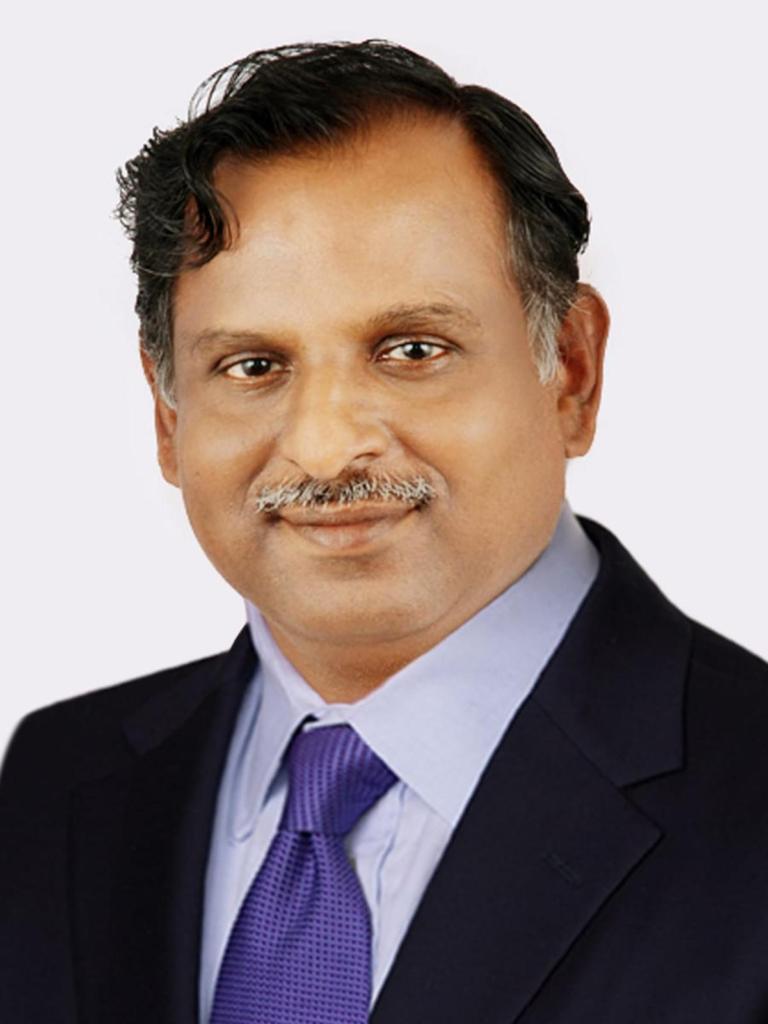
Dr. Narayanan also discussed India’s goal to increase its market share of the space economy from 2% to 10% and to launch using indigenous technology RuBES satellites in 2022 and NavIC communicate in the same year. “We are actually not very strong on the economics of space but now it is the right time to get our due,” on the marketing strategy he said that international cooperation is still the way forward for ISRO. “During our formative years we had benefits from other space agencies. Today, we have beaten our competitors and have proved ourselves which has led to the mutual respect that is the model of partnering today.”
Dr. Narayanan has a success story of a humble background, education, and ultimate success story. Born to C.Vanniyaperumal, a farmer and S.Thangammal, a home maker, he studied in a Tamil medium school. Till he reached Class IX, electricity was installed only in his family house. Nevertheless, academically he was a shining star in class and ranked his school first topper in class X.
A proud alumnus of IIT Kharagpur, Dr Narayanan did his MTech in cryogenic engineering in 1989 securing the first rank and added a PhD in aerospace engineering to his tally in 2001. His competence and experience in rocket propulsion have been widely implemented in many ISRO space missions such as Chandrayaan 1, 2 as well as 3, Mangalyaan, Aditya L1 observation of the Sun and the Gaganyaan.
After getting selected as a scientist by ISRO in 1984, the author started to work at VSSC and worked on solid propulsion systems. Kiran adjoining LPSC in the year 1989 specializing in cryogenic propulsion. This way his work put India among the few countries in the world that can design and indigenously build cryogenic propulsion stages. He also outlined the Propulsion Vision of ISRO for the years 2017 to 203 or the development of semi-cryogenic and electric propulsion.
Dr. Narayanan is married to Mr. Kavitharaj N.K., The couple is blessed with two children – one daughter Divyaa and one son, Kalesh.



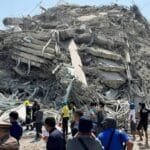


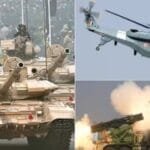

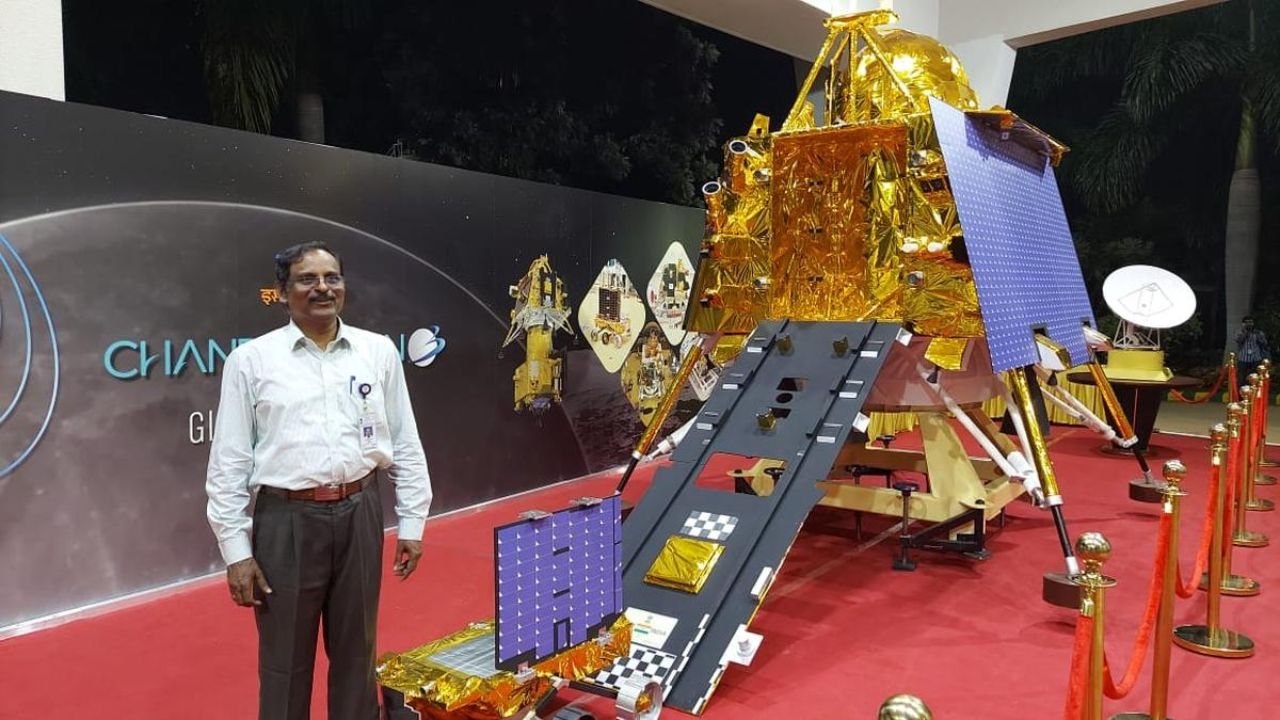



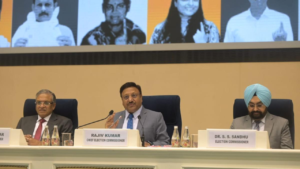

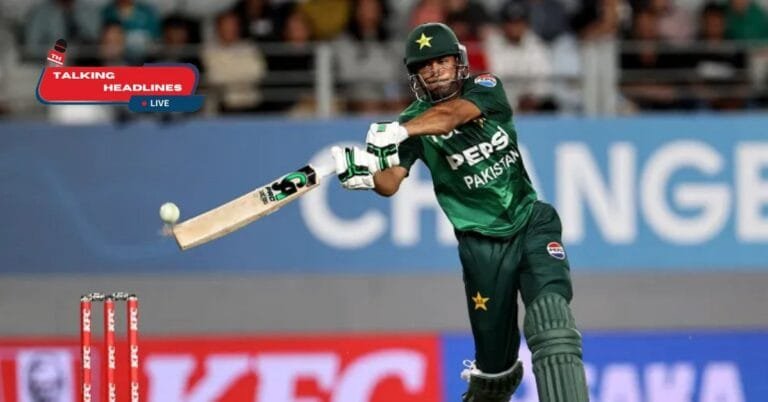
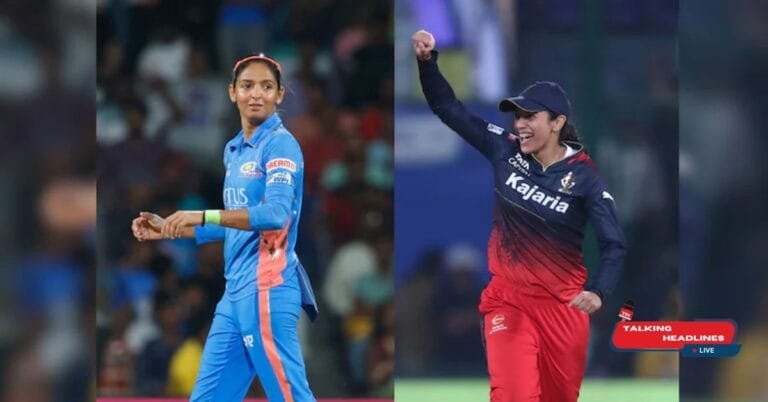
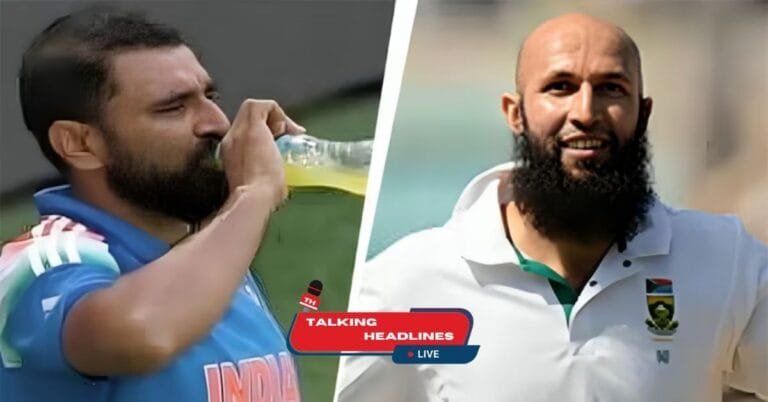
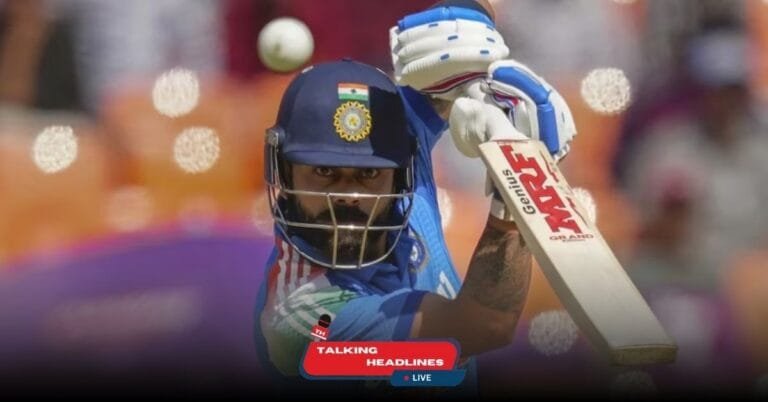
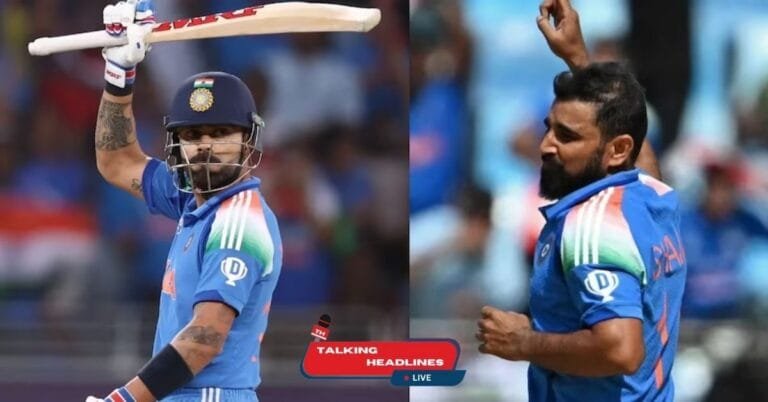
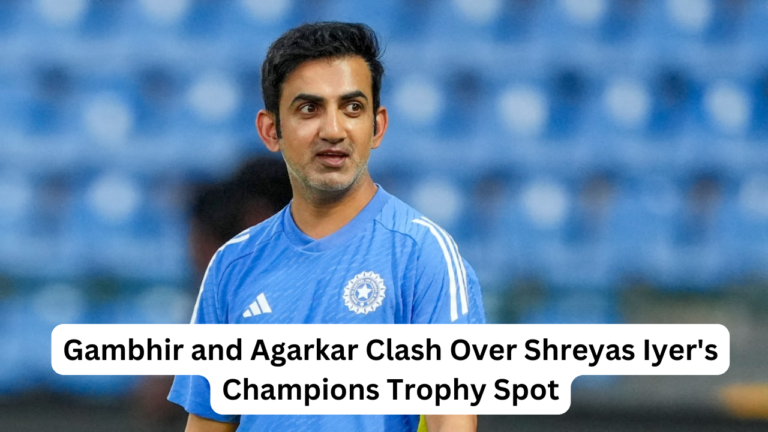
+ There are no comments
Add yours